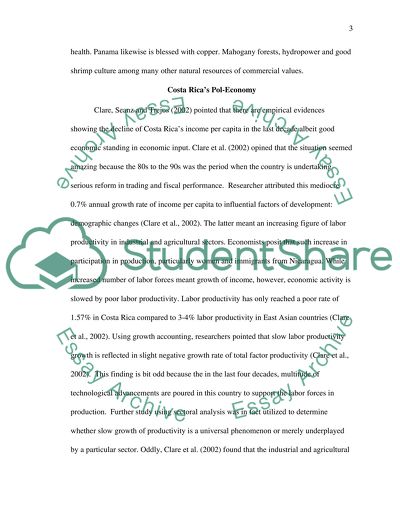Cite this document
(“The political economies of Panama and Costa Rica Research Paper”, n.d.)
Retrieved from https://studentshare.org/history/1397173-the-political-economies-of-panama-and-costa-rica
Retrieved from https://studentshare.org/history/1397173-the-political-economies-of-panama-and-costa-rica
(The Political Economies of Panama and Costa Rica Research Paper)
https://studentshare.org/history/1397173-the-political-economies-of-panama-and-costa-rica.
https://studentshare.org/history/1397173-the-political-economies-of-panama-and-costa-rica.
“The Political Economies of Panama and Costa Rica Research Paper”, n.d. https://studentshare.org/history/1397173-the-political-economies-of-panama-and-costa-rica.


